The USDA‘s Wildlife Services new assault on Migratory Birds at Brackenridge Park along with the City of San Antonio Parks turned violent in 2022! The USDA using a Depredation permit for lethal take (killing) from the Fish & Wildlife Service included Black Vultures and other species.
I have observed Migratory Egrets and Herons for the last five years during breeding season in Brackenridge Park. The waterbirds migrate from the Gulf of Mexico coastline, Mexico, Central or South America and include three species listed on the State’s Wildlife Action Plan or TCAP as a Species of Greatest Conservation Need (SGCN). One species, the Little Blue Heron is listed as a “Species of High Concern” by the US Fish and Wildlife Service since 2021. Texas Species of Greatest Conservation Need.
Each spring a new cycle of life begins. Every animal and plant species has its own specific life cycle, all life cycles follow the same pattern. A new organism is born, it grows, matures, and eventually reproduces to create a new life cycle of animals. Each year nature regulates itself with the natural loss of chicks with Black Vultures providing their ecosystem services.
Vulture” comes from the Latin “vulturus”, meaning “tearer,” a reference to the way this bird eats. Vultures are part of nature’s clean-up crew. They rid the landscape of deteriorating carcasses and help curb the spread of dangerous diseases and bacteria, according to the Wildlife Center of Virginia.
Read: Vulture Facts | The Wildlife Center of Virginia.

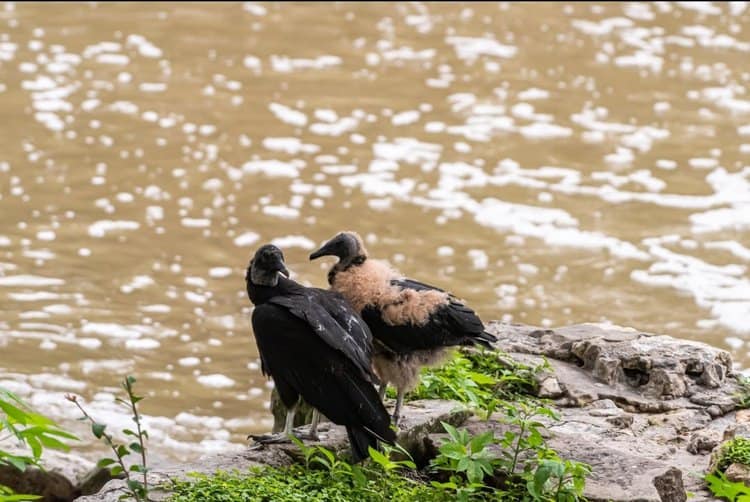
According to an article by Vulture Conservation, “The work of vultures is what is referred to as an ecosystem service. And the importance of these magnificent birds is only truly felt when they suddenly disappear from an ecosystem.” How do vultures contribute to our environment?
Read: Vulture Conservation Foundation (4vultures.org).
We place blame on the USDA’s Wildlife Service and City of San Antonio for the missing Black Vultures as a result of the Ecosystem Disruption:
Aerial Assault on the Black Vultures.
The city began vegetation removal in December of 2021, and into January 2022. Trees that had been nested in were over-pruned. Crape Murder of trees that are beautiful when in bloom had half their branches removed that have now left them without much vegetation and flowers.
An ecosystem is a level of biological organization that refers to living organisms and their surrounding environment. Disruptions, or disturbances, in ecosystems are events that result in major changes to an ecosystem.
According to the US Fish & Wildlife Service, “quality habitat is extremely important during breeding season, when many birds nest in trees, shrubs, on the ground, or on rocks and rely on nearby resources to raise healthy young.
If that habitat is destroyed or disturbed during the breeding season, nests may be lost or abandoned or productivity may be reduced. Loss and degradation of quality bird habitats can lead to population declines at a local and national scale.”
Read: Threats to Birds: Habitat Impacts | U.S. Fish & Wildlife Service.
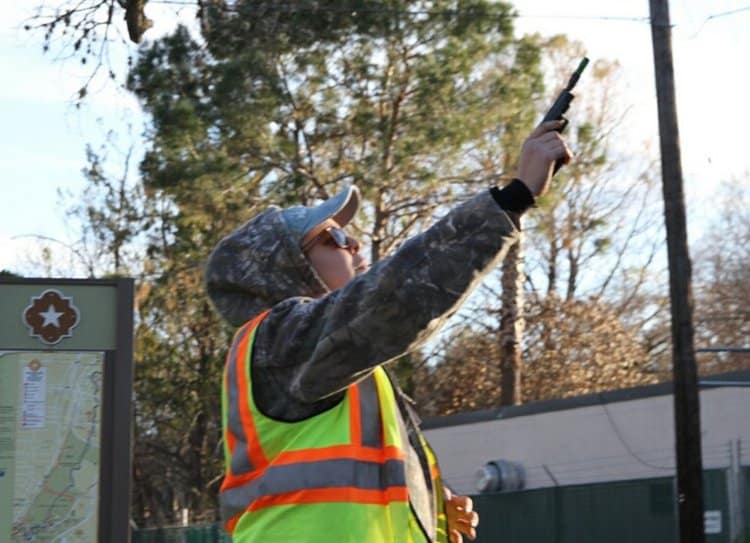
According to an article featured by the David Suzuki Foundation, “Although biodiversity has the ability to reassert itself after mass extinctions, we can’t turn away from our own predicament. This ongoing mass extinction is the only one caused by a single species — us.”
Read: We are all ecosystems within ecosystems – David Suzuki Foundation.
According to David Stroud, former Senior Ornithologist at the UK’s Joint Nature Conservation Committee: “The ecological effects of a changing climate are already having significant consequences for the conservation of migratory waterbirds – changing distributions and influencing populations.
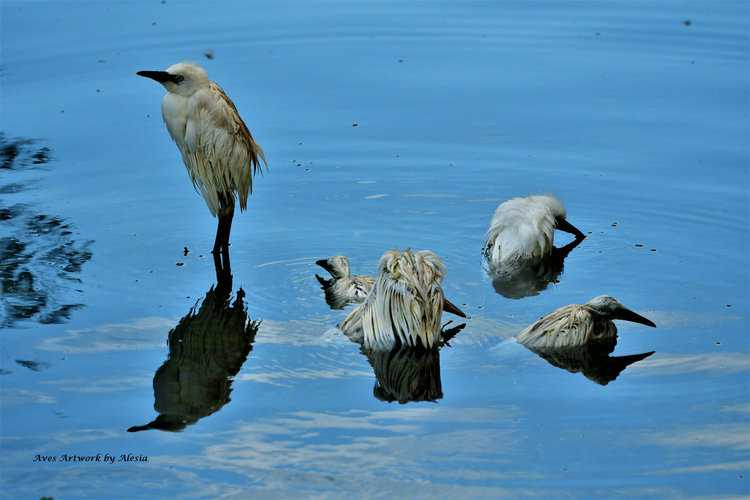
As they undertake their annual migrations, these migrants use sites in many countries. Changes to any of these may jeopardize their ability to complete their migration and influence populations. The implications of climate change on waterbirds are well established, across all continents, and need urgent attention from decision makers.”
Lead Image: Baby vultures born in Brackenridge park. Of two offspring only one survived. Lifespan is normally around 10 years. Photo credit: Dwayne Flores.
What you can do
Support ‘Fighting for Wildlife‘ by donating as little as $1 – It only takes a minute. Thank you.
Fighting for Wildlife supports approved wildlife conservation organizations, which spend at least 80 percent of the money they raise on actual fieldwork, rather than administration and fundraising. When making a donation you can designate for which type of initiative it should be used – wildlife, oceans, forests or climate.
Alesia Garlock
Wildlife / Environmental Advocate! I fight to protect nature. Informing the public of hidden agenda!
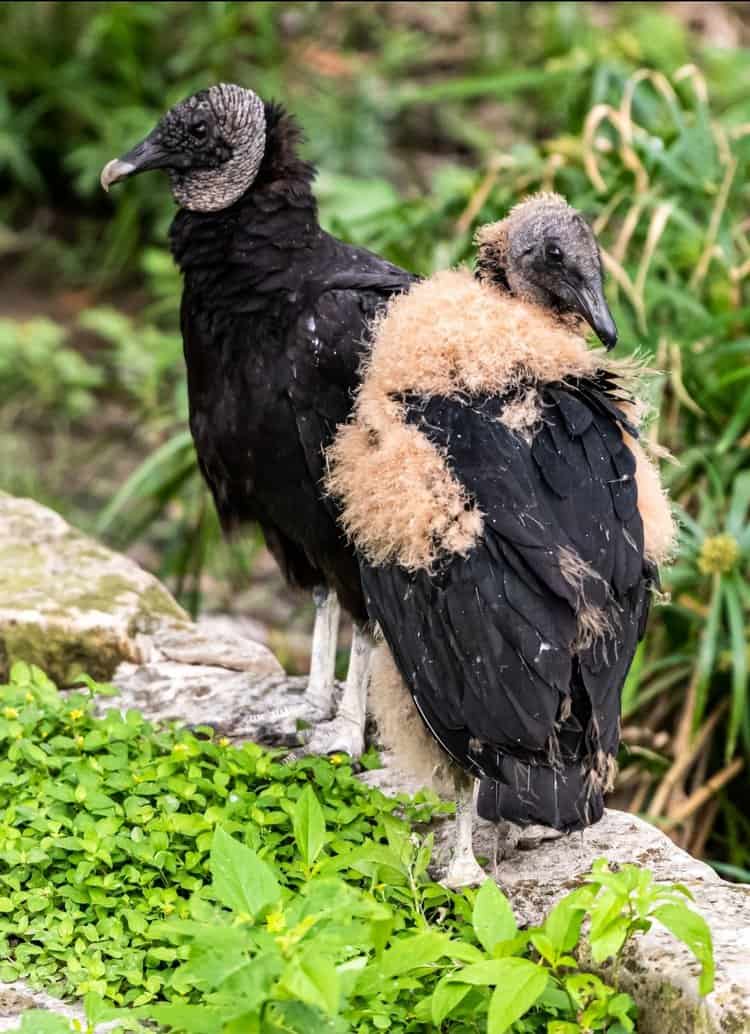

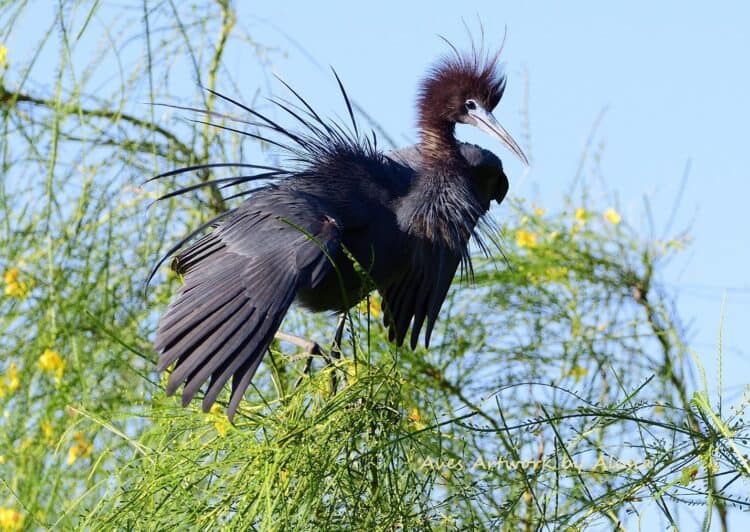


Leave a Reply